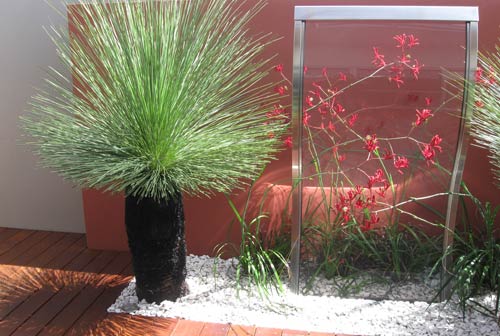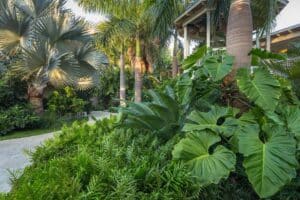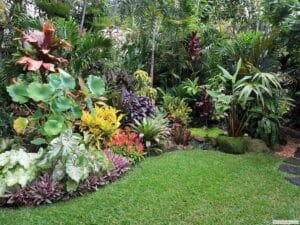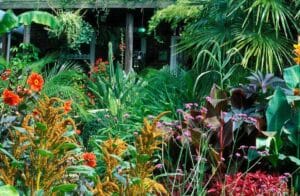One of the most important aspects of landscaping is selecting the right plants for coastal regions that can adapt to the local climate and suit the desired aesthetics. While it may not seem to be such a challenge, getting these two factors right can be a challenging task even for the most adept landscape designer.
Coastal regions pose a unique challenge, which can really test your ability to plan and design the landscape.
Coastal Region Soil
If you have ever been to a beach, you would notice two things about it: sand and salt. The soil along the coasts is predominantly sandy; as a result it is very porous. Porous soil means that the water is not retained and along with the water, even the nutrients are drained leaving very little for the plants to absorb.
The second major problem in coastal regions is the high salt content in the soil. Salt in small amounts is essential for a healthy plant. However, excessive salt in the soil can adversely affect the plants. At the very least salt damage can result in leaf burn – which leaves parts of the leaf dead although the rest of the plant can survive. In the worst case, it can result in leaves dropping dead due to lack of proper nourishment. Without leaves, the plants cannot survive for long, which again makes it extremely important to select the right plants for coastal regions.
Salt Tolerant Plants for Coastal Regions
Although coastal regions are not very habitable, there are many plant species that have adapted to such tough conditions and can flourish here. With the right combination you can in fact plan and manage the aesthetics of your landscape site too. The best plants for the coastal landscapes are obviously salt resistant varieties.
Your selection of the right plants for coastal regions would typically depend on the level of salinity in the soil. Although, coastal soil is porous and saline in general, there is a wide variation in the salt levels, which gives you the flexibility and the choice to plan your landscape properly.
High Salt Resistant Plants
These are plants that can tolerant high levels if salinity in the soil and are best choice for such regions. Common plants that fall in this category include western wattle, black oak, flat-topped yate, Salt River gum, swamp mallet among others. Swamp oak, Kondinin black butt and swamp paper back can withstand extremely saline soils too. The best part about these plants is that they have a decent commercial value too. You can use these plants for coastal regions as firewood or even to produce honey.
Medium Salt Resistant Plants
There are a wide variety of Acacia, Banksia, Eucalyptus and Melaleuca that fall under this category. These plants cannot survive in extreme or high salinity regions, but they can handle medium levels of salts. With a wide variety of plants for coastal regions in these categories, planning your landscape should not be as big a problem as in case of high saline regions.
Besides these plants for coastal regions, you can also use a wide range of cacti in your landscape. There are two very good reasons to look at cactus as an alternative. First, being thorny, it can help protect the garden from grazing animals, besides; the spiky patterns on the cactus can add a unique aesthetic appeal to your garden too. However, remember that not all cactus plants can survive heavy dose of salinity – research your choices well before opting for them.





